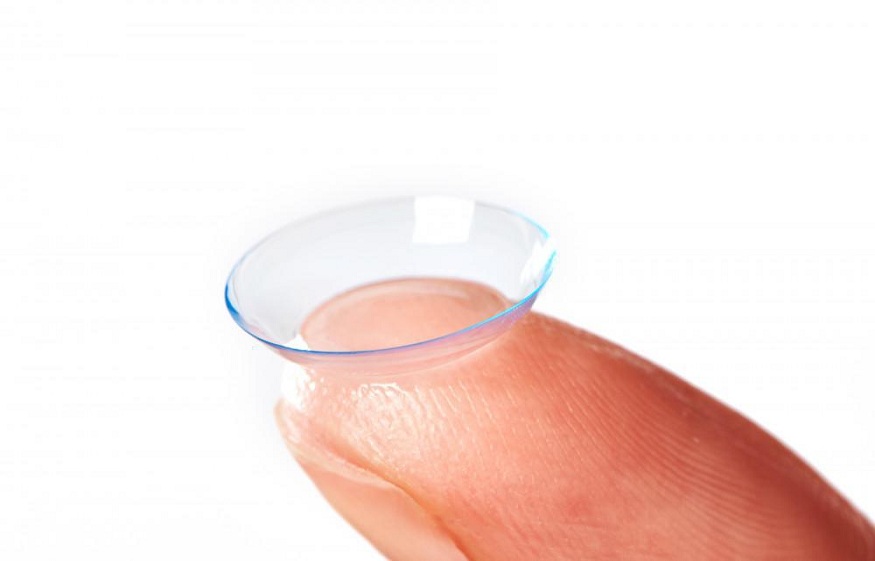Contact lenses are an excellent vision correction choice for people of all ages, as evidenced by the statistics. According to the American Optometric Association, approximately 30 million Americans wear contact lenses, with more than two-thirds female.
Contact lens use is also on the rise as a result of recent technological improvements in lens technology that have made contact lenses more comfortable than before. As a result, even those who have previously had difficulty wearing contacts are frequently good candidates for contact lenses today.
This post is for you if you are thinking about getting contact lenses. First, we present some basic information on the three major types of contact lenses so that you may make an informed decision when speaking with your eye doctor. Then, visit an Eye associate’s office for the most up-to-date, accurate information and a comprehensive contact lens evaluation to determine which lenses are best for you.
Categories of Contact Lenses
There are three basic types of contact lenses to be aware of:
soft contact lenses
hybrid contact lenses with rigid gas-permeable contact lenses
Soft Glasses
Soft contact lenses, also known as hydrogel or silicone hydrogel lenses, are very thin, moist, and made of water-absorbing polymers that give them a gel-like feel. Water accounts for around half of the weight of a soft lens, making them exceptionally comfortable and simple to wear.
Soft lenses are by far the most common form of contact lens. Approximately 90% of contact lenses are soft in the United States. Most of these are silicone hydrogel lenses, which transport more oxygen to the eye’s surface than traditional hydrogel lenses.
Gas Permeable Rigid Lenses
These firm plastic contacts, commonly known as GP contact lenses, give sharper, more stable eyesight than soft lenses. GP contact lenses deliver more oxygen to the eye’s surface than typical soft lenses, lowering the risk of contact lens-related eye disorders. GP lenses are often smaller in diameter than soft lenses, allowing them to fit closer to your eye.
However, their rigidity and bigger profile take some getting accustomed to, and some people find it difficult to wear the lenses comfortably. For these reasons, rigid gas permeable lenses account for less than 10% of contact lenses used in the United States.
Lenses with Hybrid Optics
Hybrid contact lenses combine the two types of contact lenses mentioned above. Hybrid contacts contain a stiff gas-permeable plastic centre surrounded by a soft lens material. The precise optics of a GP contact lens are combined with the comfort of soft lenses in this hybrid design.
On the other hand, hybrid contact lenses in Singapore are more expensive than soft or GP lenses, and fitting can be more complex and time-consuming. For these reasons, hybrid lenses are worn by less than 5% of contact lens wearers in the United States.




